Table of Contents
- Look for multi-venue visibility
- Prioritise seamless online bookings
- Ensure smart table management
- Support for events and group bookings
- Invest in guest profiles and loyalty tools
- Cross-sell across venues
- Check for possible PMS and POS integration
- Protect against no-shows
- Manage reviews and feedback
- Go for scalability and transparent pricing
- Final thoughts
- Frequently Asked Questions
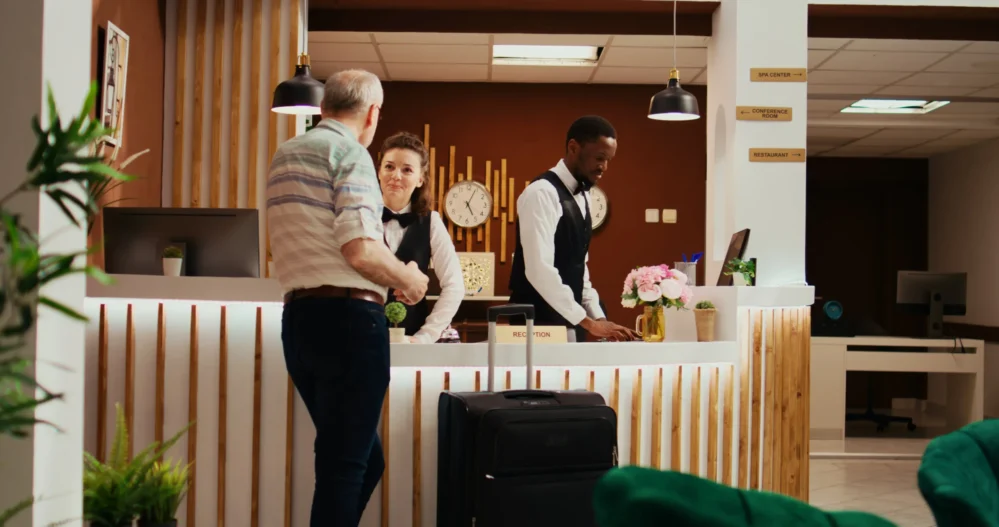
Running a hotel restaurant is no walk in the park. Between juggling in-house guests, walk-ins, event bookings, and sometimes even multiple outlets, it can start to feel like a high-stakes game of Tetris. And let’s face it, no one has time for double bookings, no-shows, or stressed-out staff.
That’s where a solid hotel restaurant system comes in. The right one can help you stay on top of bookings, keep service running smoothly, and ensure every guest, no matter which outlet they’re dining in, gets the five-star treatment.
In this guide, we’ll share 10 smart tips for choosing the best restaurant management solution for hotels, plus some examples of platforms like Tableo, SevenRooms, and OpenTable that are helping hotel restaurants level up.
1. Look for multi-venue visibility
If your hotel has multiple restaurants or you’re managing a chain, your software should give you full visibility across all locations.
Central dashboard to manage bookings and performance
Ability to switch between outlets easily
Custom roles and permissions per venue
💡 Platforms like Tableo and SevenRooms offer strong multi-location tools, perfect for hotel groups that want consistency and control.
2. Prioritise seamless online bookings
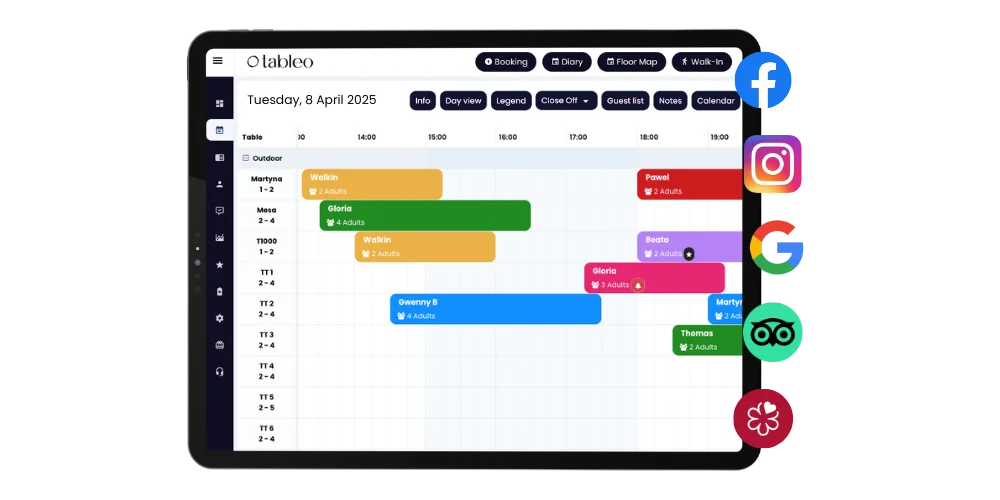
Guests should be able to book a table in the same way they book their stay: effortlessly. Choose a hotel management system for restaurants that’s easy to use, intuitive and integrates with:
Your website
Google, TripAdvisor, and Facebook
MICHELIN Guide – if you’re lucky enough to have been awarded one 🙂
PMS or concierge tools for internal bookings
💡 Tableo supports multiple booking channels with instant confirmations and real-time availability.
3. Ensure smart table management
Maximising occupancy without overwhelming staff is key. Look for features like:
Smart table assignments
Time-slot optimisation and turn-time controls
4. Support for events and group bookings
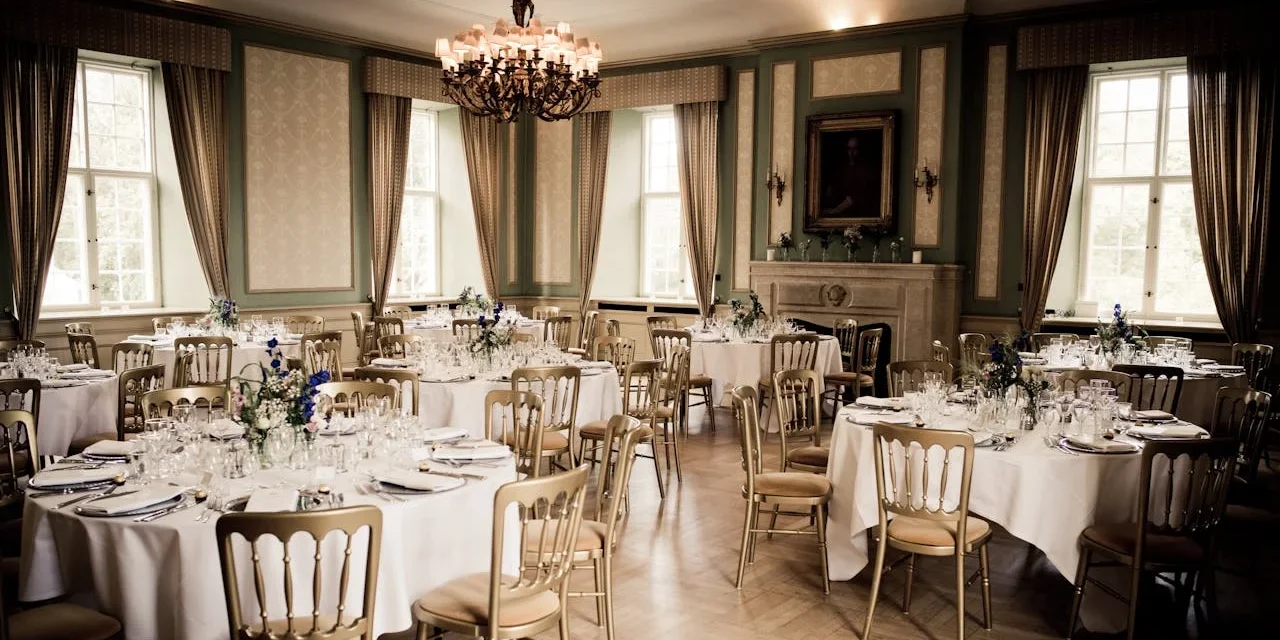
Hotel restaurants are event hubs. Your system should allow you to easily manage restaurant events:
Block off time slots for private events
Handle ticketed dining, payments and custom menus
Assign tables based on seating charts or preferences
💡 Tableo simplifies event management and planning with built-in support for group reservations, VIP menus, and advance payments.
5. Invest in guest profiles and loyalty tools
Great hospitality means remembering the little things. The right restaurant software should help you:
Track guest preferences and visit history
Tag VIPs or loyalty members
Personalise offers or follow-ups
💡 SevenRooms leads here with advanced guest CRM tools. Tableo and Eat App also support guest tagging and loyalty insights.
6. Cross-sell across venues
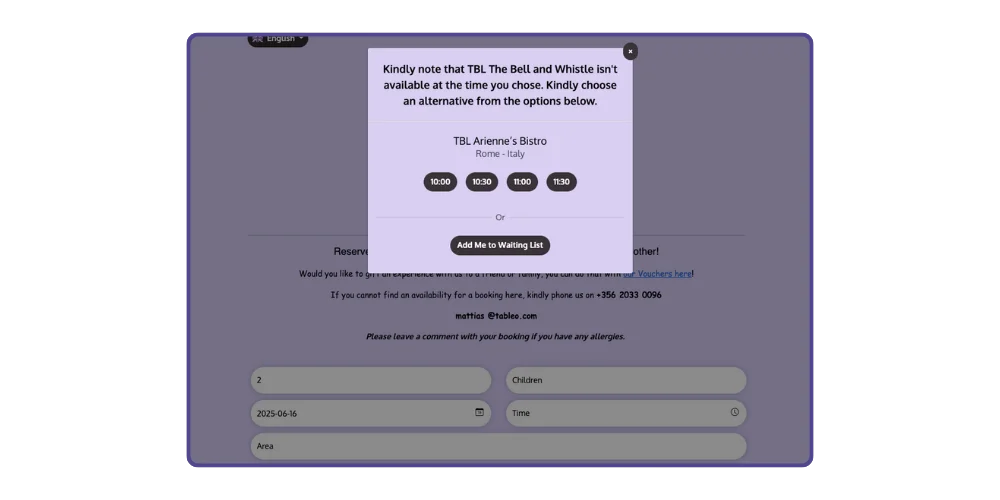
Don’t turn away a guest just because one venue is full. A smart system should:
Suggest alternative dining times
Redirect to sister restaurants in your group
Promote add-ons like wine pairings or upgrades
💡 Tableo is particularly strong in this area, with an online waiting list that automatically cross-promotes available tables across your other outlets.
7. Check for possible PMS and POS integration
Ideally, your restaurant system should play nicely with your existing hotel management software, like your PMS or POS. But the truth is, very few systems offer native, plug-and-play integrations, especially with more complex or legacy platforms.
Still, it’s worth checking if your shortlisted system can:
Sync with Property Management Systems (like Opera, Cloudbeds)
Integrate with restaurant POS systems for smooth billing and reporting
Connect to payment gateways or marketing tools
💡 Oracle MICROS is known for its deep hotel tech integrations. Meanwhile, modern systems like SevenRooms offer flexible options or APIs to connect with your stack. Just keep in mind that some setup may be needed.
8. Protect against no-shows
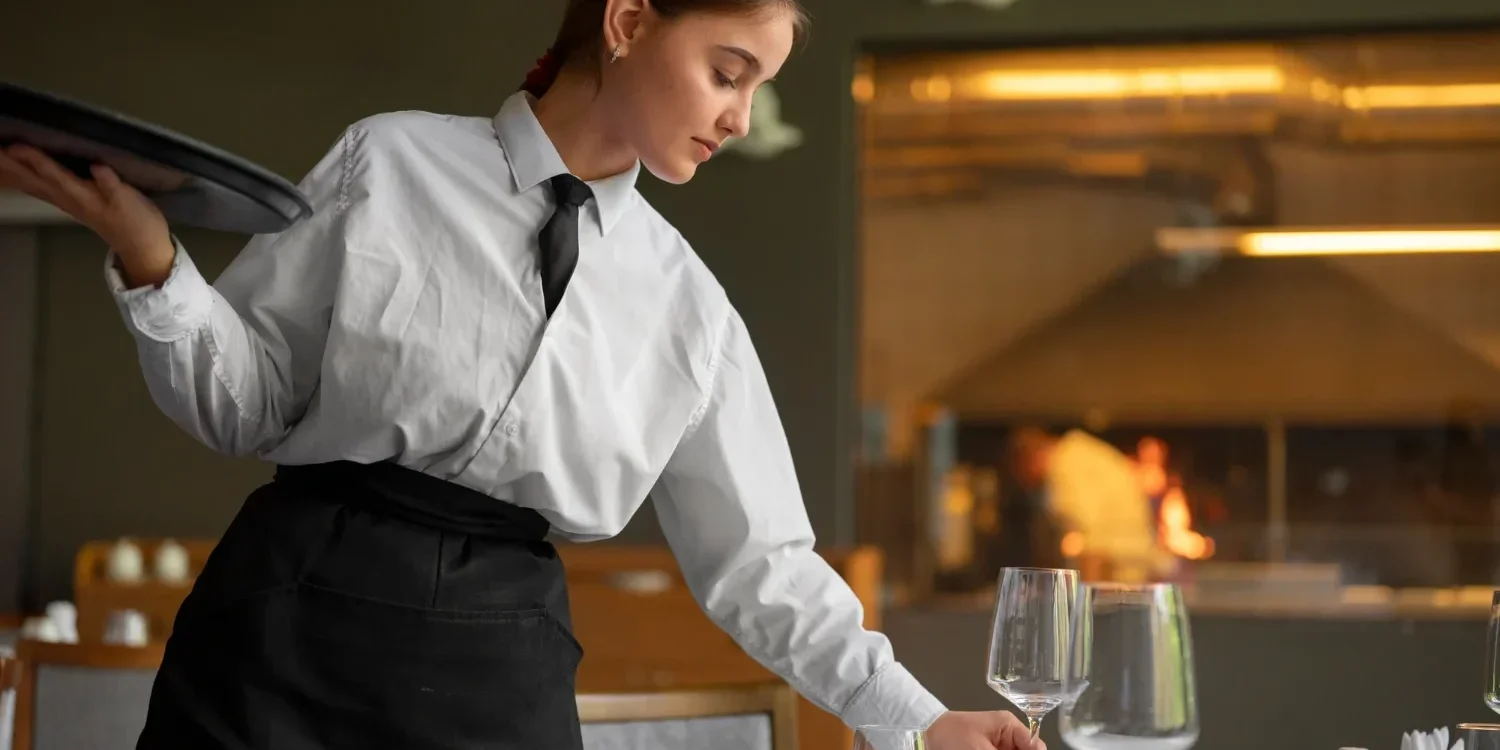
Every restaurant no-show is lost revenue. Choose a system that actively reduces them with:
Automated SMS and email reminders
Deposits or credit card holds
Blacklist options for repeat offenders
💡 Tableo helps you protect revenue with all of the above, ensuring better table commitment without added admin.
9. Manage reviews and feedback
Your restaurant’s reputation is built online. Your system should help you:
Request reviews automatically via SMS/email
Monitor and respond to reviews from one place
Track overall guest satisfaction
💡 Tableo, Resy, and SevenRooms offer in-app tools to handle restaurant reviews efficiently. Tableo also prompts clients to leave a review on TripAdvisor, Google and Facebook, for extra visibility.
10. Go for scalability and transparent pricing
You don’t want to switch systems as your hotel grows. Choose one that is:
Easy to scale across locations
Transparent with pricing (avoid per-reservation surprises)
Regularly updated with new features
💡 Tableo offers scalable packages with clear pricing, plus discounts for hotel groups.
Final thoughts
Choosing the best restaurant management software for your hotel isn’t about finding the most expensive or most complex; it’s about identifying what truly fits your team, your venues, and your guests.
Keep these 10 tips in mind as you compare solutions. Whether you’re running a boutique hotel restaurant or managing multiple outlets in a chain, your system should help you run smoother, book smarter, and deliver memorable experiences.
👉 Want to explore a system designed for hotel restaurants? Book a demo with Tableo and see how it compares in real time.
Frequently Asked Questions
A standard POS handles transactions: orders, payments, and receipts. A hotel restaurant system goes much further, managing reservations, seating plans, events, guest preferences, multi-outlet operations, and sometimes even integrations with PMS and review platforms. It’s built for the complexity of hotel environments.
Yes, but only if the system supports multi-location management. Management tools like Tableo and SevenRooms are designed for this, letting you manage reservations, assign staff roles, and view performance across all venues from one dashboard. Be sure to confirm this feature before committing.
Pricing varies depending on the size of your operation and the features you need. Expect to pay more for systems with multi-location control, PMS software integration and advanced CRM tools. Some platforms (like Tableo) offer transparent, per-location pricing with discounts for group accounts, while others (like SevenRooms) operate on tiered or custom plans.
Yes, many restaurant reservation systems like Tableo are flexible enough to handle non-traditional reservation management, including sunbeds, poolside lounges, cabanas, and other bookable spaces. No need to purchase separate beach club software. You can set up custom time slots, assign “tables” as sunbeds, and even collect deposits or prepayments to reduce no-shows. It’s a great way to streamline guest flow and maximise revenue across all your hotel’s amenities.
Ready to streamline restaurant operations across your hotel?
Discover how Tableo can simplify bookings, events, and guest communication — all from one powerful dashboard. Start free and see the difference.
Free Version – Free Setup – Free Training – Free Support


Stephanie Bugeja
Tableo’s design-savvy Marketing Executive, Stephanie blends UX expertise with creative flair. Lover of clean layouts and cornetti in Rome.

Stephanie Bugeja
Tableo’s design-savvy Marketing Executive, Stephanie blends UX expertise with creative flair. Lover of clean layouts and cornetti in Rome.









